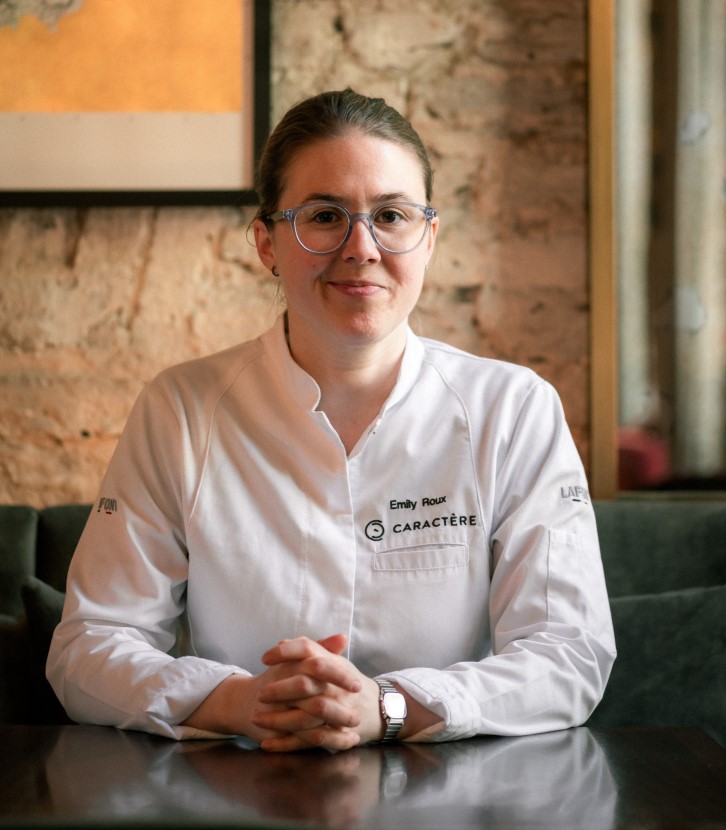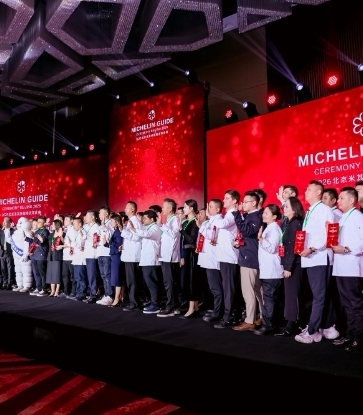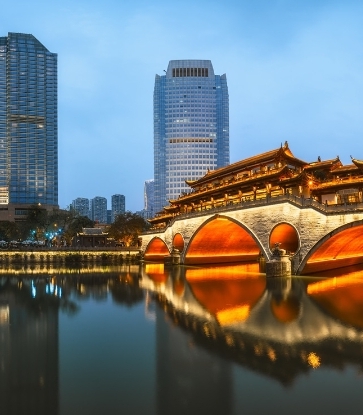When he first arrived 12 years ago, a few years before the inaugural 2009 guide, Hong Kong was largely still a come-and-go city for western-trained chefs, who stayed for only two or three years before moving on. Having an exceptional meal, at the nice table, with extra care and attention paid to the food and the service, wasn’t always guaranteed even at the many fancy, high-priced restaurants, unless you were someone.
But then the restaurants, particularly the ones that had been left out of the Michelin Guide, began to look more closely at their quality and to question how they were operating. “The guide raised the bar across the field, and restaurants began to deliver true, consistent quality,” Ekkebus says. “It also brought a lot of international acclaim for the city. I think everyone always felt Hong Kong was a very interesting food city for its Cantonese cuisine, but it legitimised the whole scene at large.”
Fortunately Ekkebus, already well-versed in Michelin Guide standards from having worked in one-, two-, and three-starred restaurants around Europe from the age of 16 and having been mentored by such luminaries as Alain Passard, Pierre Gagnaire, and Guy Savoy, had the time to refine Amber’s concept and fully train a core team to form the pillars of the business before the first anonymous inspectors began visiting.

People didn’t know what to expect of “modern European cuisine” and guests were befuddled to find local ingredients like garoupa on a Western menu.
Amber was awarded a coveted two-star rating in the Michelin Guide Hong Kong Macau 2009, and they have successfully retained it every year since. Ekkebus attributes that consistency in achievement to his team’s unfailingly high standards in terms of quality of product and delivery of service. But he isn’t interested in managing consistency for the sake of consistency.

Never settling for status quo, he and his team follow a doctrine of constantly striving to do better and to push higher with each new iteration. Even for the current degustation menu of Amber’s signature dishes, Ekkebus has revisited his old classics and given them new twists. “I became wiser over the years and found ways to improve practically every dish. That’s the perfectionist in me,” he says.
Years ago, after having successfully integrated Japanese fish into some of their dishes, Ekkebus found entry into a new world of possibilities and potential evolution. The more he and his team explored what else Japan had to offer, the more the Japanese ingredients made their way into the dishes. And some, like the Hokkaido sea urchin in lobster jelly and the various presentations of Hakoo Farm Miyazaki Wagyu beef, were instantly beloved by guests and became perennial favorites and signature dishes at Amber.

Ekkebus admits that his palate has changed over the twelve years he has lived and worked in Hong Kong, and as a result, his cooking style has evolved along with it. When he first arrived in Hong Kong, he was overwhelmed by feedback. “It was too salty, too sweet, too sour. It was everything ‘too.’ I could simply argue that this is how French food tastes. Or I could find the truth behind the perception,” he says.

“Nobody ever trained me on umami, but actually I think it is the most important element in cooking,” he says. “My food now has much more umami than it ever had before.”
Ekkebus has even replaced many of the traditional French stocks with umami-rich seaweed dashis that require less seasoning, and many of his desserts balance a hint of savouriness along with the sweetness.
So in the summer of 2018, Amber will undergo a four-month, HK$80 million dollar renovation that will streamline operations for the staff and also bring more experientially-driven meal services to the guests. A service corridor will be built in parallel to the restaurant so the front-of-house team can serve with more efficiency and less disruption to the guests. And they will install an electronic pass to better control the speed of service.
Ekkebus also has plans to retire the à la carte menu, which will allow him to focus his attention on bringing more storytelling and experiential elements to the degustation menu. Guests can expect to have more interactions with the chefs, with the white brigade coming out to the dining room to carve meat or finish the sauce on the plates while introducing the dishes.
“Definitely it’s going to be another evolution to what we’ve been doing,” says Ekkebus. “And I think the best years of Amber are just in front of us.”























